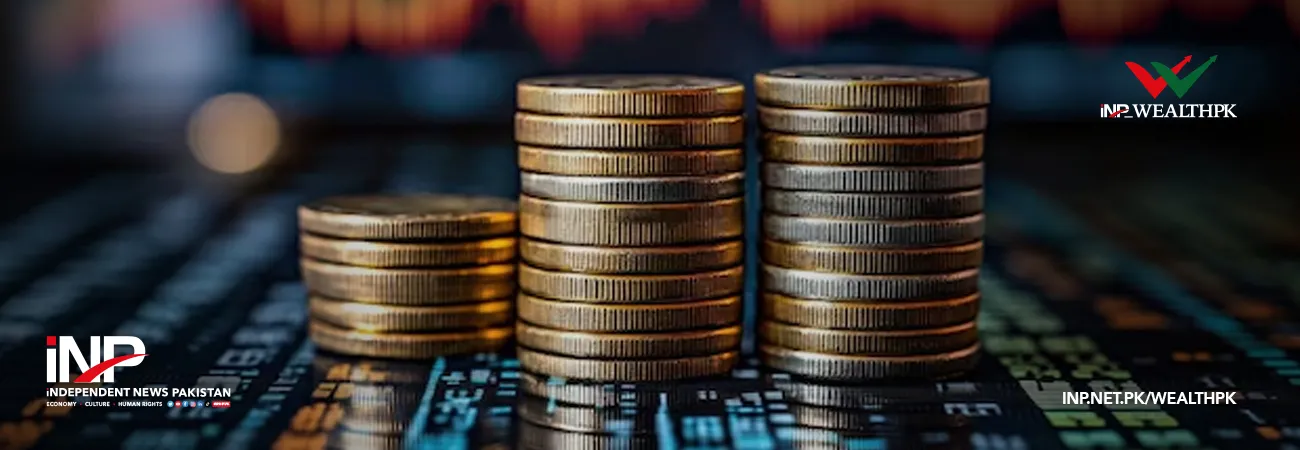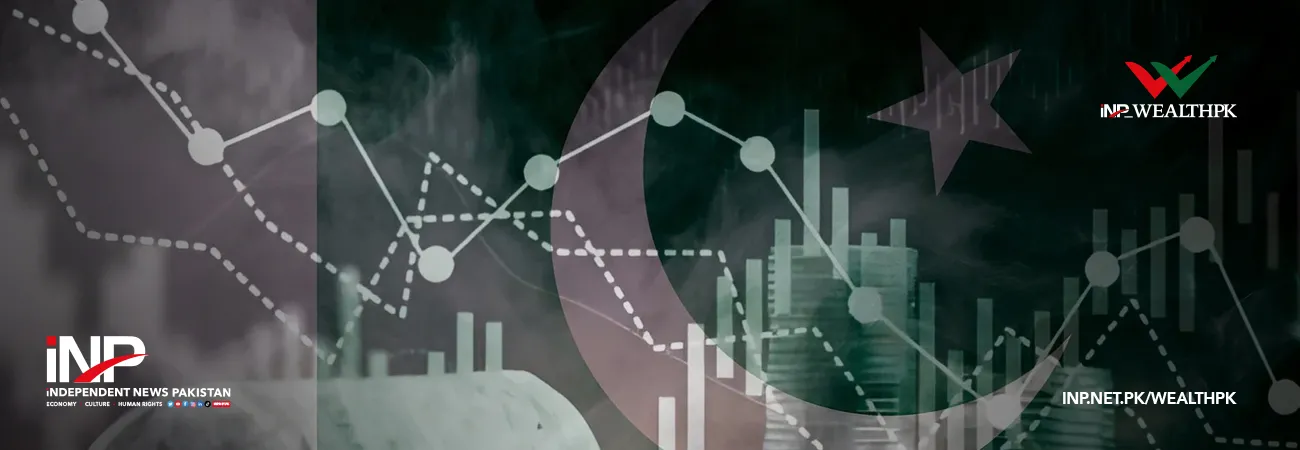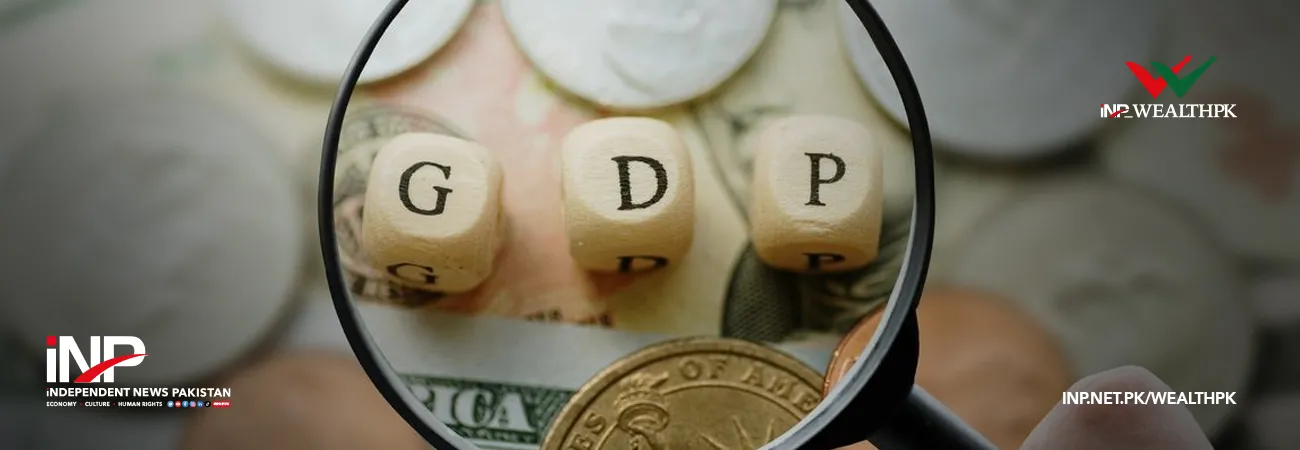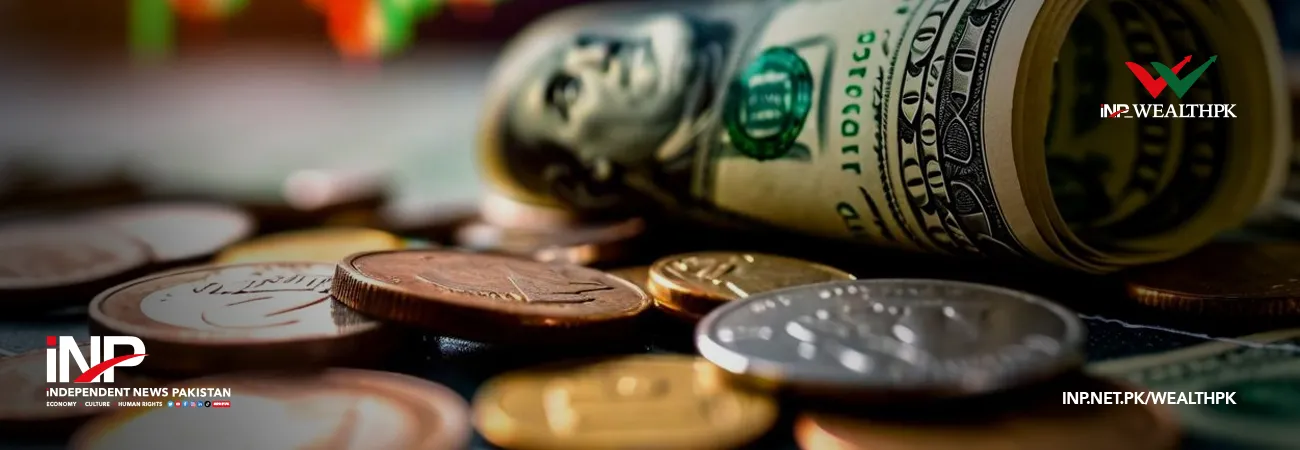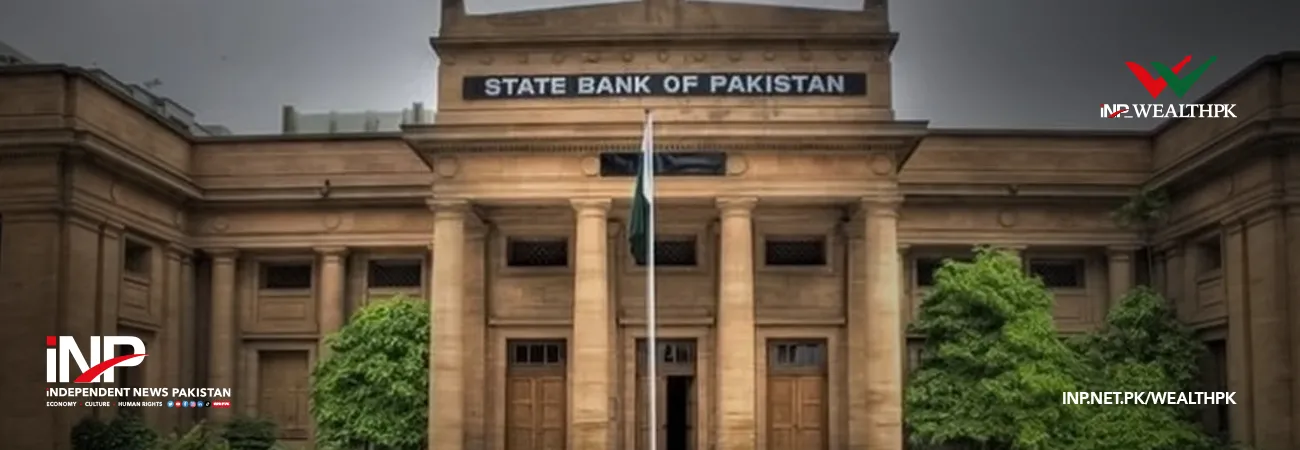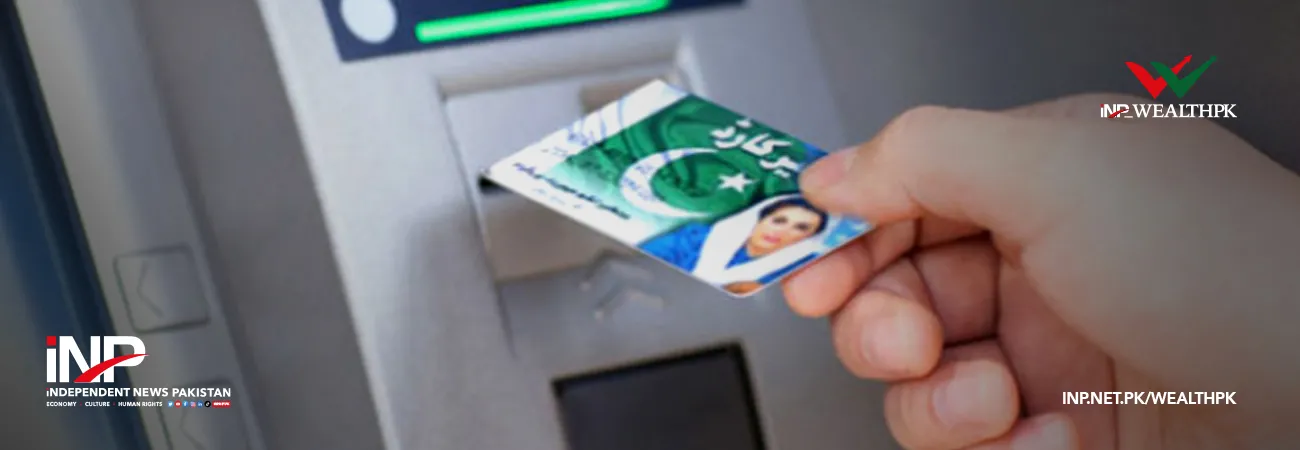INP-WealthPk
Qudsia Bano
Pakistan’s financial system showed further signs of strength in the first quarter of FY2026, marked by reduced government borrowing, improved liquidity, and gradual credit expansion toward the private sector.
According to the Finance Division’s Monthly Economic Update & Outlook (October 2025), government borrowing for budgetary support fell by Rs2.04 trillion compared with Rs1.28 trillion in the corresponding period last year. The decline created space for increased lending to businesses, reflecting growing financial sector efficiency.
Private-sector credit showed early signs of recovery after a year of subdued activity. Borrowing for working capital and fixed investment improved modestly, led by sectors such as manufacturing, textiles, and telecommunications. The report added that improved liquidity conditions and declining inflation helped banks expand lending to productive sectors.
The Finance Division said financial intermediation remained robust, supported by stable deposits and low non-performing loan ratios. The currency-to-deposit ratio stood at 37.6 percent, indicating a moderate preference for cash holdings.
Economists said the lower reliance on domestic financing underscored the success of fiscal consolidation. “This marks a shift from public borrowing toward private-sector credit, which is vital for growth,” an economist noted.
The report also highlighted ongoing financial sector reforms, including the rollout of digital banking initiatives and SME finance programs. These measures, coupled with stable interest rates, are expected to boost credit growth in subsequent quarters.
The Finance Division concluded that the strengthening of the financial sector would underpin Pakistan’s broader macroeconomic recovery. “Maintaining this balance between fiscal consolidation and credit expansion will remain key to sustainable growth,” it said.

Credit: INP-WealthPk



